The Impact of Traffic Volume on Road Surface Wear and Tear
Traffic road wear is one of the biggest factors that determine how long a road lasts and how safe it remains. Roads exposed to high traffic volumes experience constant stress, leading to surface damage and structural issues over time. Traffic road wear can result in cracks, potholes, rutting, and loss of surface texture, all of which increase maintenance costs and can compromise safety.
For contractors, engineers, and property owners, understanding traffic road wear is essential to designing and maintaining durable roads. In this article, we’ll explore what traffic road wear is, the types of damage it causes, and how to minimise its impact with the right surfacing solutions.
What Is Traffic Road Wear?
Traffic road wear refers to the gradual degradation of a road surface caused by repeated vehicle movement. When a road is exposed to consistent traffic, especially heavy vehicles, the surface experiences stress that eventually leads to deterioration.
Several factors influence traffic road wear:
- Traffic volume — More vehicles mean more wear.
- Vehicle weight — Heavy goods vehicles contribute more significantly to road wear.
- Speed and braking — Frequent braking increases surface strain.
- Load type — Construction and freight traffic affect road wear differently.
Traffic road wear doesn’t just impact the road surface — it also affects ride quality, safety, and long-term maintenance costs.
Types of Traffic Road Wear
1. Rutting
Rutting is one of the most common types of traffic road wear. It appears as depressions along the wheel paths caused by repetitive loading. Rutting can reduce safety by affecting drainage and creating uneven surfaces.
2. Fatigue Cracking
Fatigue cracking happens when the repeated pressure of traffic road wear causes cracks to form in the surface and deeper layers of the road. These cracks allow water to penetrate, worsening damage over time.
3. Potholes
Potholes are a direct result of traffic road wear combined with water ingress. Cracks caused by traffic road wear allow moisture to enter the structure, weakening it and eventually causing potholes.
4. Surface Wear
Traffic road wear gradually erodes the fine aggregate particles in asphalt surfaces, reducing skid resistance and shortening the road’s life span.
Surfacing Solutions to Combat Traffic Road Wear
Roads with high traffic volumes require specialised surfacing solutions to minimise traffic road wear. These solutions enhance durability and extend the service life of road surfaces.
Some effective surfacing approaches include:
- High-grade asphalt — engineered to resist heavy loads and reduce rutting.
- Reinforced tarmac — designed to withstand heavy traffic conditions.
- Low-maintenance surfacing — reduces upkeep costs and prolongs surface life.
At Total Surfacing Solutions, we provide tailored low-maintenance surfacing services that address traffic road wear for busy roads.
Planning to Reduce Traffic Road Wear
Managing traffic road wear begins with careful planning. The following steps are essential:
- Traffic analysis — assessing traffic types, volumes, and weights.
- Material choice — selecting surfacing that resists wear.
- Maintenance scheduling — regular inspection and repairs prevent damage from worsening.
Our team at Total Surfacing Solutions offers professional road surfacing services designed to address traffic road wear before it becomes costly.
The Role of Machine Lay Tarmac in Fighting Traffic Road Wear
Machine lay tarmac is a highly effective method for reducing traffic road wear. This technique ensures consistent compaction and smooth finishes, which minimise weak spots and extend the surface’s lifespan.
Key benefits of machine lay tarmac for traffic road wear include:
- Uniform density for improved durability
- Smooth surface to reduce stress points
- Faster installation, reducing project downtime
At Total Surfacing Solutions, we specialise in machine lay tarmac solutions designed to withstand the pressures of high traffic volumes while reducing traffic road wear.
Preventing Traffic Road Wear
Preventing traffic road wear is more cost-effective than repairing damage after it occurs. Proactive measures include:
- Using suitable surfacing materials designed for heavy traffic
- Regular maintenance schedules to address early signs of wear
- Adapting surfacing solutions based on traffic patterns
With expert advice and quality surfacing from Total Surfacing Solutions, traffic road wear can be managed efficiently to extend the road’s lifespan.
Conclusion: Protecting Roads from Traffic Road Wear
Traffic road wear is inevitable for high-use roads, but its effects can be significantly reduced with the right approach. Choosing durable materials, planning maintenance, and using proven surfacing techniques like machine lay tarmac are key to extending road life.
By tackling traffic road wear proactively, you ensure safer roads, lower repair costs, and better performance. For professional advice and solutions for traffic road wear, visit our low maintenance solutions page, explore our tarmac installation services, or learn more about machine lay tarmac

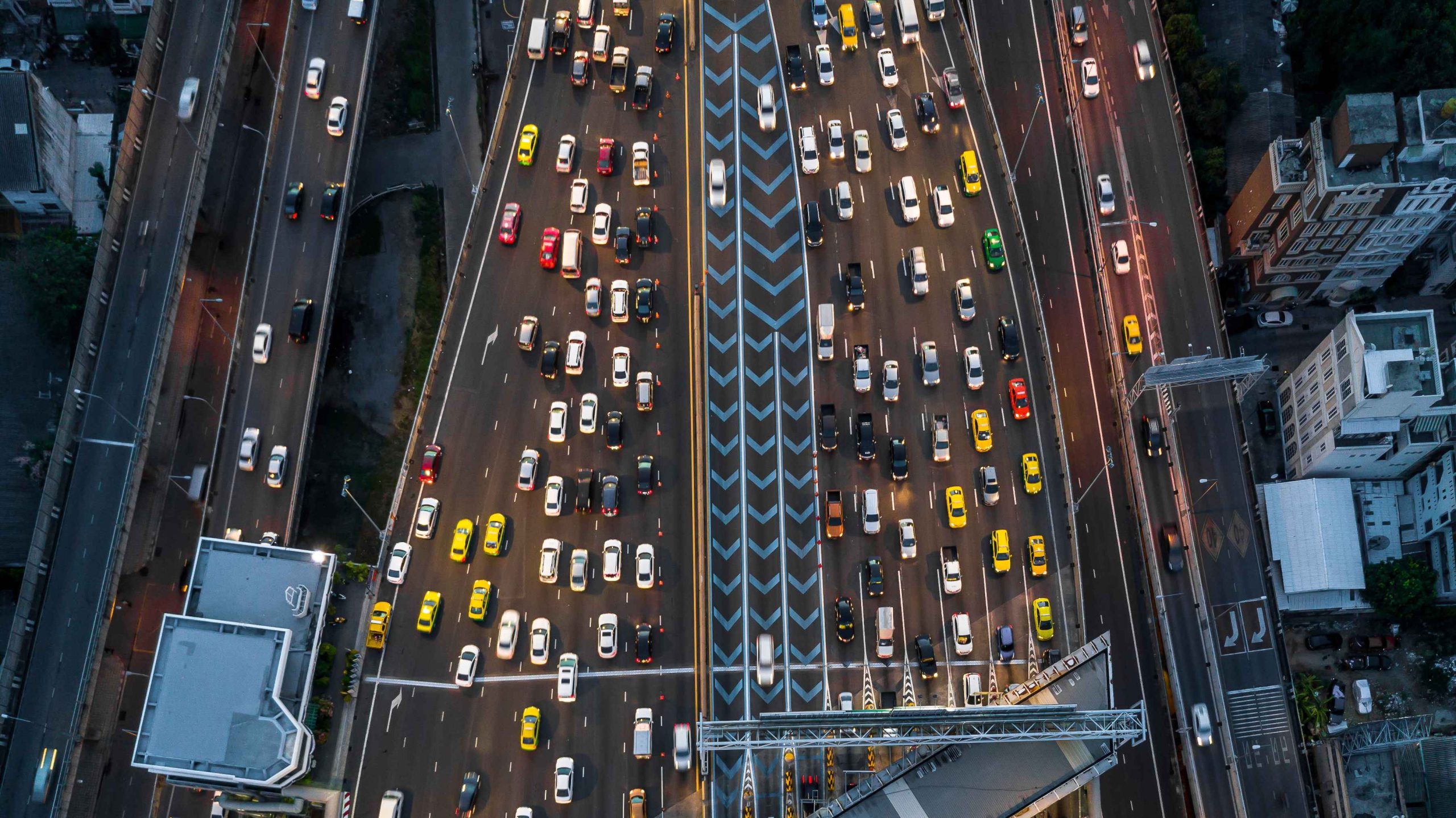
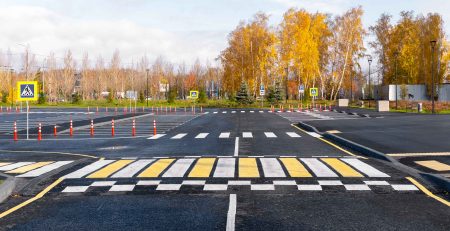

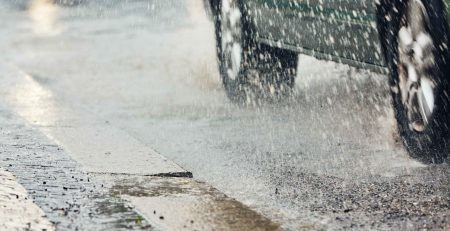

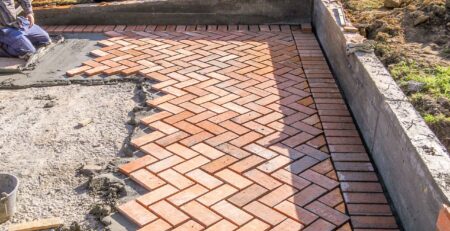
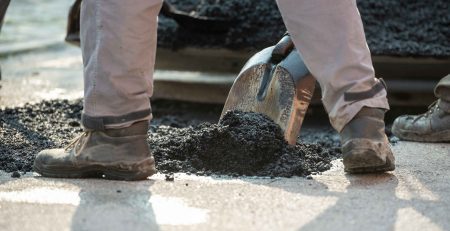
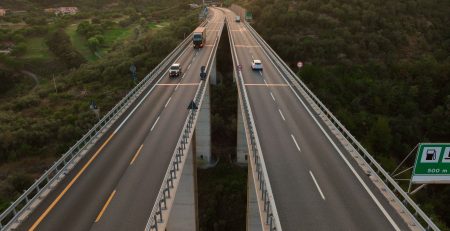
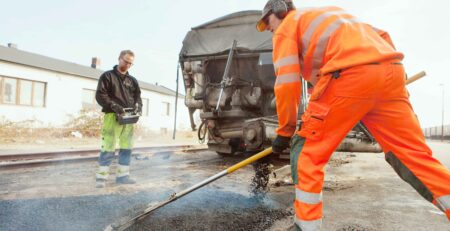
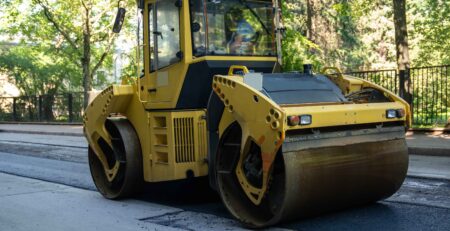
Leave a Reply